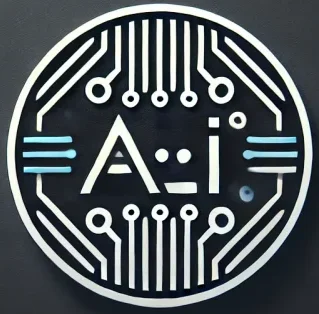### Exploring the Surge of AI in Creative Writing: Revolutionizing Authorship in the Digital Age
In recent years, the intersection of artificial intelligence (AI) and creative industries has sparked a fascinating evolution, notably transforming the realm of creative writing. This emerging trend has profound implications, not just for how stories are told, but also for who—or what—is telling them. As AI technology advances at a breakneck pace, we’re witnessing the emergence of AI as co-authors, challenging traditional notions of creativity and authorship.
#### The Rise of AI-Enhanced Storytelling
AI’s foray into creative writing isn’t entirely new, but its capabilities have reached unprecedented levels. Tools powered by AI can now assist in generating narrative content, enhancing language, and even suggesting plot twists that might not be immediately obvious to human minds. These technologies are built on sophisticated algorithms and machine learning models that analyze vast datasets of literary content to mimic and innovate upon human writing styles.
#### How AI is Being Used in Creative Writing
1. **Content Generation**: AI writing assistants can produce original content based on input parameters such as genre, tone, and plot direction. This is particularly useful for professional writers and content creators who face tight deadlines and could benefit from AI-driven suggestions to overcome writer’s block or enhance productivity.
2. **Editing and Proofreading**: AI tools excel in catching grammatical errors, suggesting style improvements, and ensuring consistency, which significantly streamlines the editing process. This allows writers to focus more on content development and less on the mechanical aspects of writing.
3. **Personalized Storytelling**: In the world of marketing and entertainment, AI is being used to craft personalized narratives for audiences. For example, AI algorithms can analyze a user’s past behavior and preferences to tailor stories in real-time, enhancing engagement in interactive media such as video games and virtual reality.
4. **Translation and Localization**: AI-driven translation tools enable writers to reach a global audience by providing accurate and nuanced translations based on the cultural context of the target language, thus broadening their readership.
#### Implications for Writers and the Literary World
The integration of AI into creative writing raises several intriguing questions about the future of the industry. One major discussion revolves around the concept of authorship. When a piece of text is co-created with AI, who is the true author? This not only affects copyright laws but also touches on deeper philosophical questions about creativity and originality.
Moreover, there is a concern about the homogenization of content. With AI tools trained on existing data, there is a risk that emerging narratives might become derivative, lacking the unique touch that human experiences and emotions bring to storytelling. However, many argue that AI should be viewed as a tool in an artist’s palette, with the true artistry lying in how the writer uses this tool to convey their vision.
#### Looking Forward: The Future of AI in Creative Writing
As we look to the future, the role of AI in creative writing seems poised for further expansion. AI could democratize writing, making it more accessible to people with disabilities or those who lack formal training in writing but have valuable stories to tell. Additionally, the use of AI in educational settings could revolutionize how writing is taught, offering personalized guidance and feedback that could help nurture the next generation of writers.
However, the trajectory of this technology will depend heavily on the ethical guidelines established around its use. Ensuring that AI enhances creativity without stifling human expression or diversity in storytelling will be crucial.
#### Conclusion
The fusion of AI and creative writing is undeniably reshaping the landscape of literature and content creation. As this technology continues to evolve, it promises new possibilities for personalization, efficiency, and inclusivity in storytelling. However, it also challenges us to rethink the essence of creativity and to redefine the boundaries of human and machine collaboration in the arts. For writers and readers alike, the journey into this new frontier of digital authorship is just beginning, filled with potential and fraught with uncharted ethical considerations. Whether viewed as a partner or a tool, AI is undeniably becoming an integral part of the creative writing process, signaling a significant shift in how narratives are crafted and consumed in the digital age.
